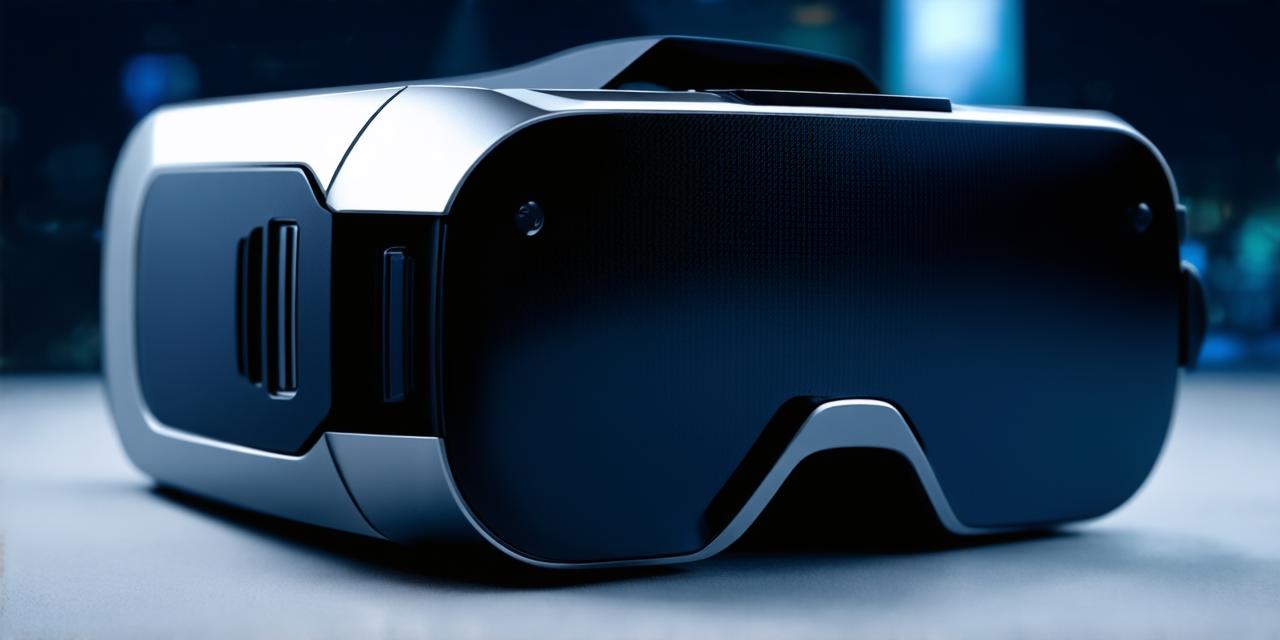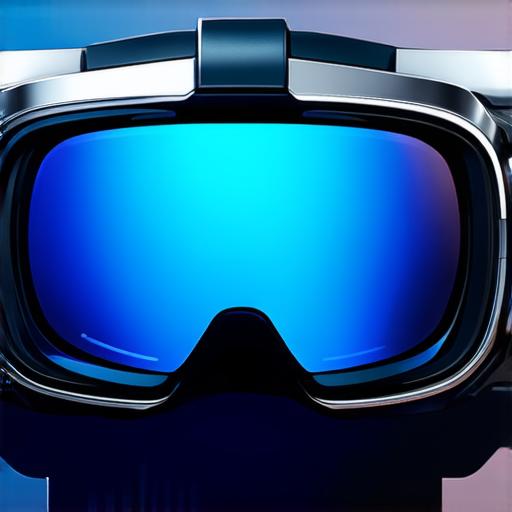
Understanding the functionality of virtual reality glasses
What are Virtual Reality Glasses?
Virtual reality glasses, also known as VR headsets, are wearable devices that enable users to experience a simulated environment in 3D. The glasses use sensors and cameras to track the user’s movements and adjust the images accordingly, creating an immersive and interactive experience. Virtual reality glasses can be used for a variety of applications, including gaming, education, training, and therapy.
Features of Virtual Reality Glasses
Virtual reality glasses come with several features that make them an attractive option for developers. These features include:
- High resolution displays
- Field of view
- Adjustable settings
- Motion tracking
- Wireless connectivity
Types of Virtual Reality Glasses
There are several types of virtual reality glasses available on the market, including:
- Standalone VR glasses
- Tethered VR glasses
- Mobile VR glasses
Benefits of Virtual Reality Glasses
Virtual reality glasses offer several benefits for developers, including:
- Increased engagement
- Improved immersion
- Enhanced collaboration
- Reduced costs
- Increased creativity

Summary
Virtual reality glasses are a highly engaging and immersive technology that offer several benefits for developers. By understanding the functionality of virtual reality glasses, developers can create more effective and engaging experiences for their users. Whether you are looking for a standalone VR glass or a mobile option, there is a range of options available on the market to suit your needs and budget.